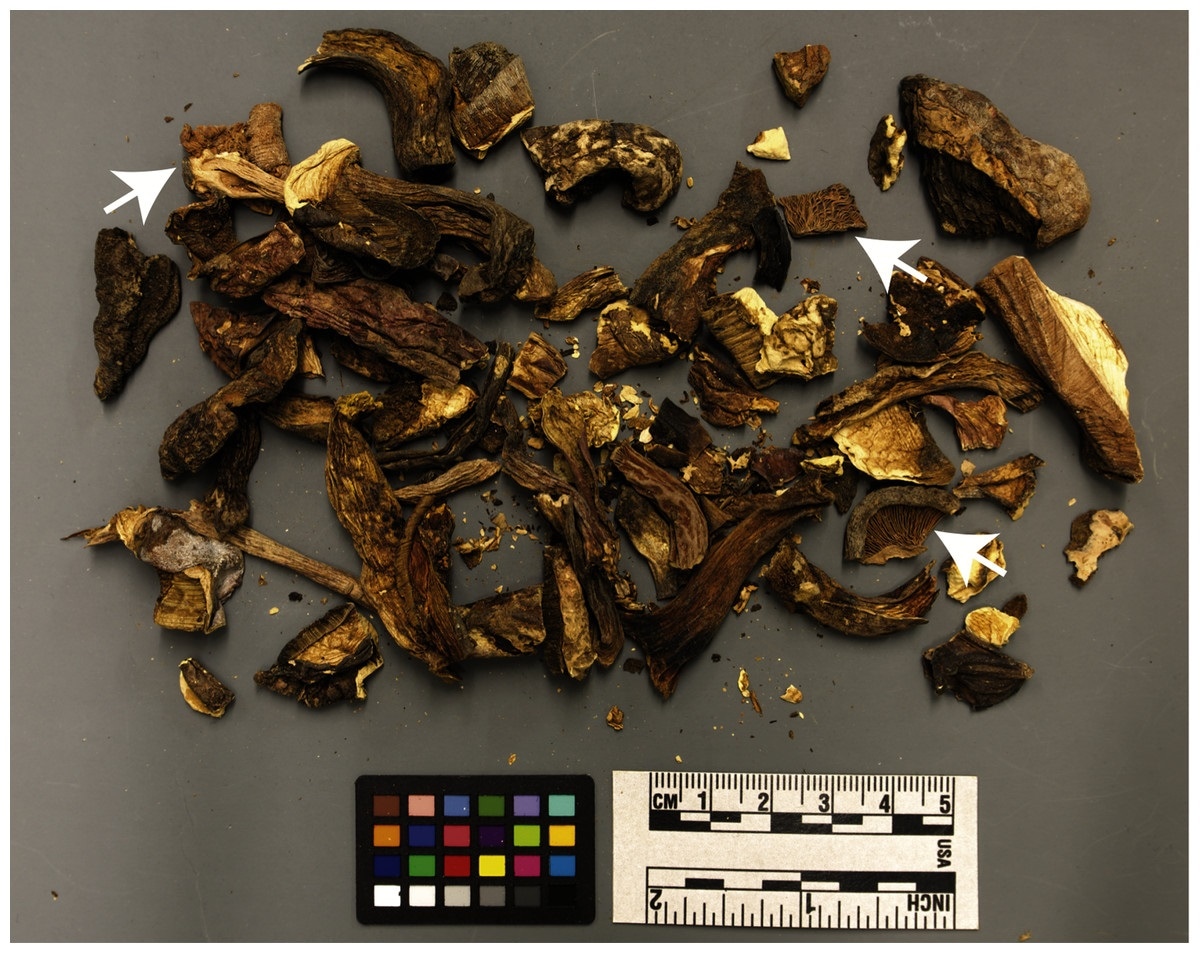Humans have consumed mushrooms for thousands of years, and while some have nutritional value, it has long been recognized that only a few are suitable for consumption. Consuming poisonous mushrooms may cause adverse health effects that can cause illness or death.
A team of researchers at the University of Utah and the Natural History Museum of Utah has found that wild mushroom ingredients often consist entirely or in part of cultivated species. These include the ubiquitous white and brown “button” mushrooms and portabella (Agaricus bisporus), oyster (Pleurotus spp.), and shiitake (Lentinula edodes).
In the study, published in the journal PeerJ: Life and Environment, the team used deoxyribonucleic acid (DNA) barcoding techniques to test the mushroom species contents of 16 food products that listed “wild mushrooms” on their labels.
Food authentication
Food authentication is a necessary service needed to ensure the health and safety of consumers. Advanced molecular identification techniques have contributed to the accurate authentication of food.
On multiple occasions, molecular identification techniques have shown that food producers are not always honest with what they put on their labels.
Many food products claim to contain wild edible mushrooms, which are harvested worldwide through international markets. Many of these mushrooms cannot be grown commercially and are collected in the wild.
Though wild edible mushrooms like porcini are not considered poisonous, there are rare cases of allergic responses. In 2010, for instance, mushrooms exported from China exceeded the maximum residue levels of nicotine set by the European Food Safety Authority. Further, many mushroom species have never been systemically examined for edibility, particularly those from regions where fungi are severely under-documented. Instead, the edibility of these mushrooms relied on traditional knowledge.
Inaccurate identification and consumption can be insignificant, but some fungi are very poisonous, and many others are not tolerated well by most people. Consuming inedible mushroom species can lead to mild symptoms. In some people, it can cause severe illness and death.
Some products containing wild-collected mushrooms are sold with undefined labels that say “wild mushrooms.” When this happens, it is impossible to know the exact species used in the food item. Because few regulations apply to the harvest and sale of wild mushrooms, the source of adverse reactions cannot be identified.

Arrows indicate gilled mushroom fragments. Image courtesy of Natural History Museum of Utah (UMNH), UT-M0001397.
The study
In the current study, the researchers aimed to shed light on what species of fungi are being sold as “wild mushrooms” using DNA metabarcoding to determine the fungal contents of various food products obtained from locally sourced grocers and a large online retail site.
Overall, the team identified 28 mushroom species across 16 food products, ranging from commonly cultivated species to wild species not represented in global DNA databases. Most of the products that claimed to contain wild mushrooms consisted of cultivated species, including shiitake, portabella mushrooms, and oysters.
Only five products contained described ingredients on the label, while some included species that are likely to have yet to be defined. In addition, some species have never been defined in academic literature.
One product purchased from an online store contained a species from a group of fungi that includes the “Death Cap” or Amanita phalloides, a deadly poisonous basidiomycete fungus. It is estimated that as little as half a mushroom contains enough toxin to kill an adult human. The toxic constituent, called α-amanitin, can damage the liver and kidneys, causing organ failure.
“In other cases, wild mushrooms were detected, but they were not always consistent with the species on the label. More alarmingly, a few products with large distribution potential contained species whose edibility is at best dubious, and at worst potentially toxic,” the researchers noted in the study.
Another potential adverse health impact of fraudulent food labeling is that it is impossible to regulate the trade of wild-collected mushrooms in the international food supply chain. This may potentially lead to unsustainable harvesting practices, putting rare and threatened species at risk of extinction.
The team concluded that a comprehensive review of the contents of wild mushroom products should be performed to establish how extensive the problem is.
Journal reference:
- Cutler II, W.D., Bradshaw, A., and Dentinger, B. (2021). What’s for dinner this time?: DNA authentication of “wild mushrooms” in food products sold in the USA. PeerJ. https://peerj.com/articles/11747/